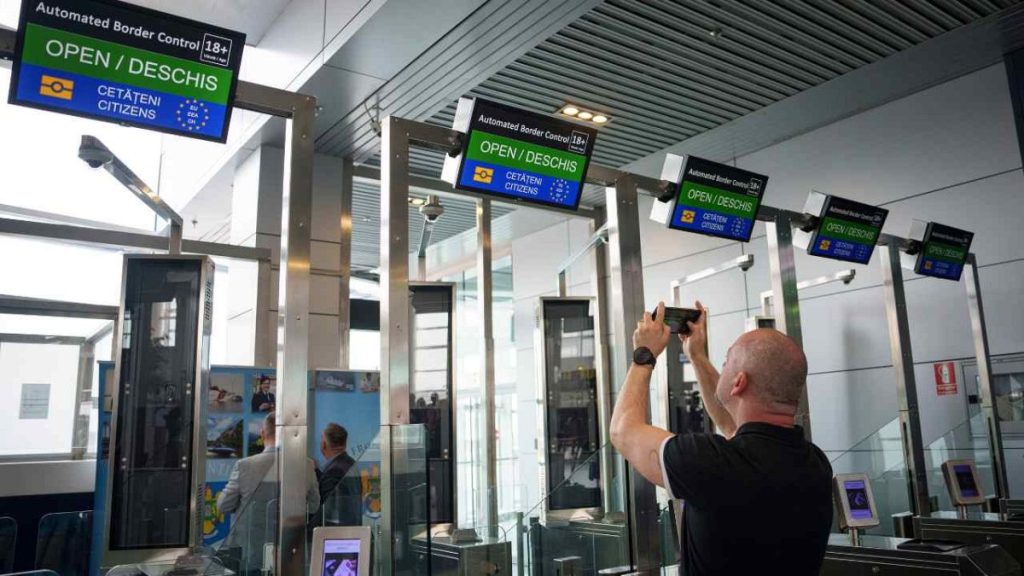Romania and Bulgaria’s Long Journey to Schengen Membership
Romania and Bulgaria, EU members since 2007, finally achieved their long-sought goal of joining the Schengen Area on January 1, 2025. This milestone grants their citizens the same freedom of movement enjoyed by 450 million others within the 29-nation zone. The path to Schengen membership, however, was fraught with challenges and delays. Despite the European Commission’s 2011 declaration of their readiness, concerns over governance and immigration, primarily from Germany and France, initially blocked their accession. Year after year, their joint candidacy was denied, prolonging the wait. Gradually, opposition softened, with the Netherlands lifting its veto in 2023, leaving Austria as the sole dissenting voice. Finally, in November 2023, Austria relented, paving the way for Romania and Bulgaria’s inclusion.
Practical Implications for Travelers: Simplified Border Controls, But Not Entirely Passport-Free
The inclusion of Romania and Bulgaria in the Schengen Area simplifies travel procedures, but with some caveats. While air and sea checks were lifted earlier in 2024, land border controls between Hungary and Romania, and between Romania and Bulgaria, will remain in place for at least six months. This temporary measure aims to address Austria’s lingering security concerns. Therefore, travelers entering Romania or Bulgaria by road, rail, or bus must still carry passports. However, those arriving by air or sea from other Schengen countries will no longer be subject to passport checks, streamlining travel for those flying, cruising, or taking ferries.
Schengen Stays: Tracking Your Time within the 90-Day Limit
A crucial point for non-EU citizens visiting Romania and Bulgaria is that time spent in these countries counts towards the overall 90-day limit within any 180-day period allowed within the Schengen Area. For example, a 30-day stay in Bulgaria would be deducted from the total 90 days permitted for travel within the entire Schengen zone. This cumulative calculation applies regardless of which Schengen countries are visited. Exceeding this 90-day limit can result in penalties, including fines and potential bans on future entry. Careful tracking of travel dates is essential for compliance.
The Schengen Area: An Expanding Zone of Free Movement
With the addition of Romania and Bulgaria, the Schengen Area now encompasses 29 countries, facilitating 1.25 billion trips annually and 3.5 million daily border crossings. The zone comprises 25 EU member states and four associated members of the European Free Trade Association: Norway, Iceland, Switzerland, and Liechtenstein. Croatia joined the Schengen Area in 2022, signifying the continued expansion of this border-free travel zone.
Historical Context: From Agreement to Expansion
The Schengen Agreement, signed in 1985 by five European Economic Community members (Germany, Belgium, France, Luxembourg, and the Netherlands), laid the foundation for this significant area of free movement. The Schengen Area itself was established in 1995. Subsequent agreements expanded the zone, with a notable enlargement in 2007 incorporating nine additional countries. The recent inclusion of Romania and Bulgaria represents another important step in the ongoing evolution of the Schengen Area.
Future of Schengen: Integration and Security
The integration of Romania and Bulgaria into Schengen reinforces the principle of free movement within Europe, fostering closer ties between member states. The continued existence of temporary land border controls highlights the ongoing balance between facilitating travel and addressing security concerns. As the Schengen Area evolves, maintaining this balance will remain crucial for its continued success. The seamless movement of people and goods contributes significantly to economic growth and cultural exchange across the European continent.














